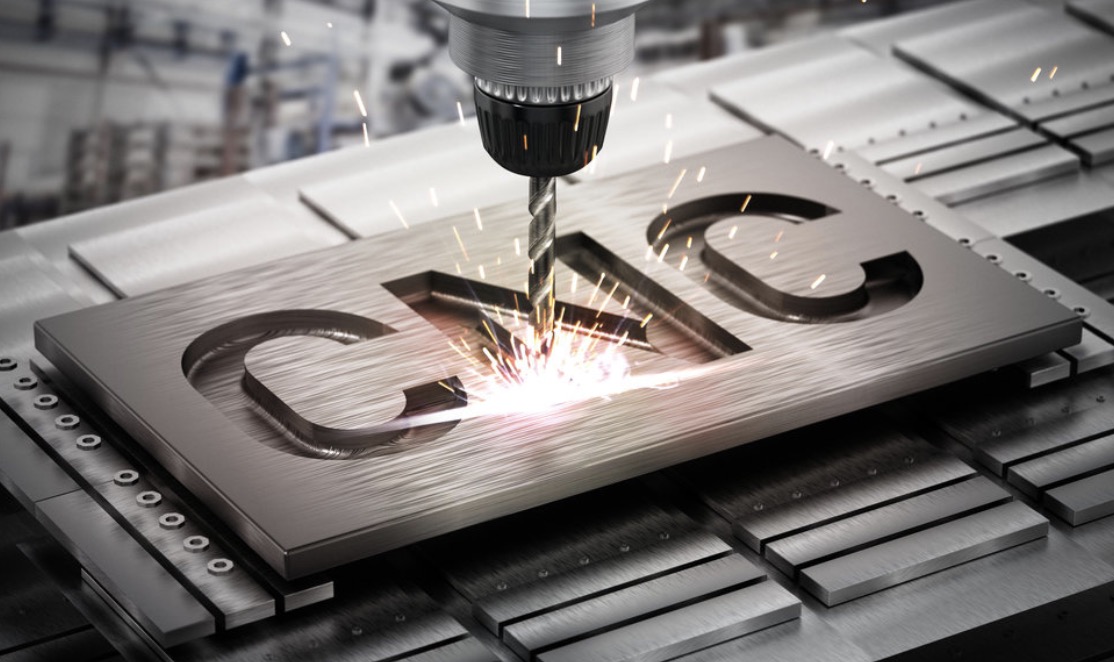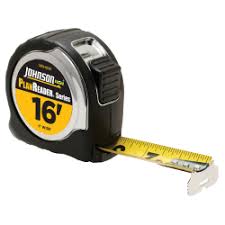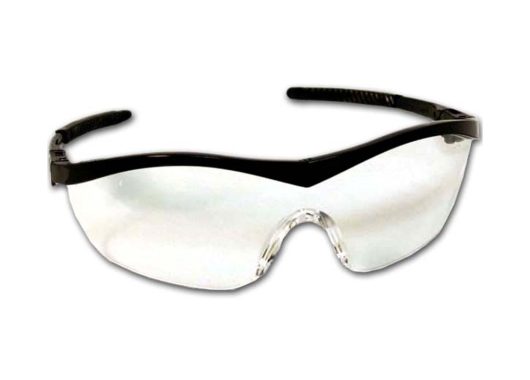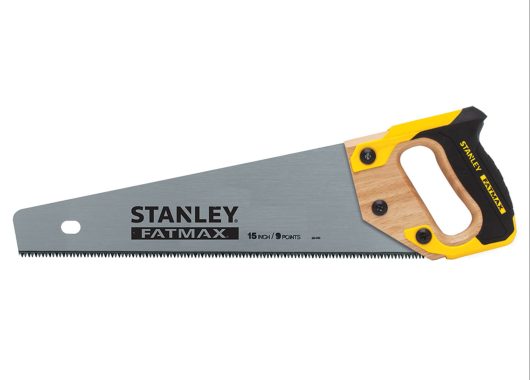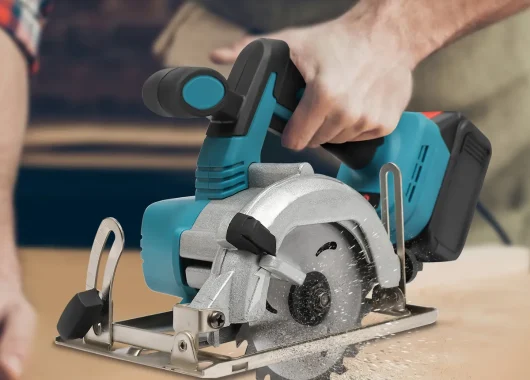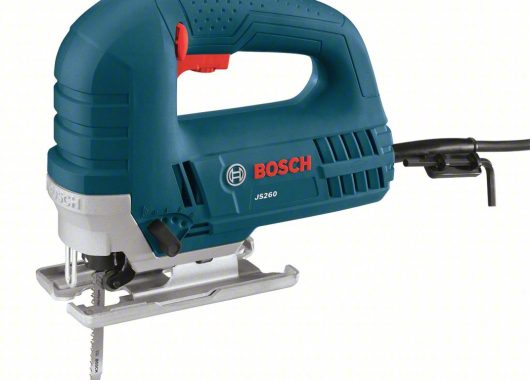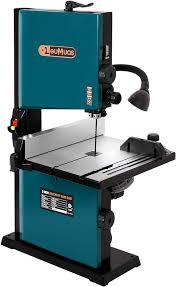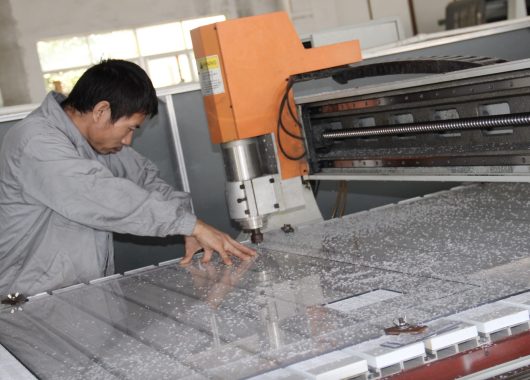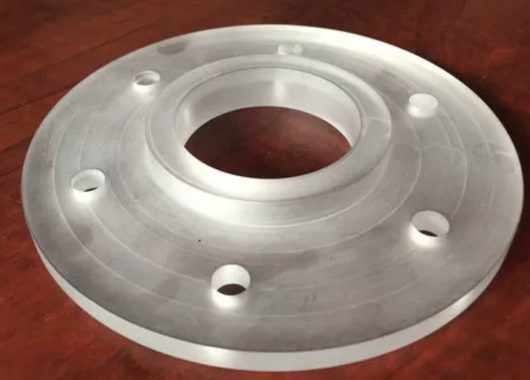1. What is the difference between polycarbonate and acrylic sheets?
Polycarbonate and acrylic sheets are both popular materials for a variety of applications, including glazing. However, they have different properties. Polycarbonate sheets are more impact-resistant and flexible than acrylic sheets, but they can scratch more easily. Acrylic sheets, on the other hand, offer higher clarity and are more resistant to scratching, but they are less flexible and can crack under pressure.
2. How do I cut a straight line on a polycarbonate sheet?
To cut a straight line on a polycarbonate sheet, you’ll need a straight edge and a marker to draw your cut line. Then, use a table saw or circular saw with a fine-toothed blade to make the cut. Move the saw slowly and steadily to ensure a clean, straight cut.
3. Can I use a router to cut polycarbonate sheets?
Yes, a router can be used to cut polycarbonate sheets. However, it’s important to use a carbide router bit to ensure a clean cut. Also, make sure to set the router to a high speed and move it slowly and steadily through the material.
4. What is the best way to cut multiwall polycarbonate sheets?
Multi-wall polycarbonate sheets can be cut using a table saw with a fine-toothed, carbide-tipped blade. It’s important to cut at a high speed and move the saw slowly and steadily through the material to prevent the polycarbonate from melting or chipping.
5. How do I smooth the cut edge of a polycarbonate sheet?
After cutting a polycarbonate sheet, you can smooth the cut edge using a file or sandpaper. This will remove any rough spots or burrs and ensure a clean, smooth finish.
6. Can polycarbonate sheets be used for glazing?
Yes, polycarbonate sheets are a popular choice for glazing due to their high impact resistance and excellent light transmission properties. They can be cut to fit specific dimensions, making them a flexible solution for glazing projects.
7. How do you cut polycarbonate without cracking it?
Cutting polycarbonate without cracking it requires a steady hand, the right tools, and a few key techniques. First, use a fine-toothed saw blade, which will make a smoother cut and reduce the risk of cracking. Second, apply a moderate, steady pressure when cutting; forcing the saw can lead to cracks. Lastly, using masking tape along the cut line can help reduce chipping and cracking.
8. How do you cut polycarbonate sheets by hand?
To cut polycarbonate sheets by hand, you’ll need a hand saw with a fine-toothed blade. Start by marking your cut line on the sheet using a marker. If the sheet has a protective film, leave it on and mark on the film. Secure the sheet to prevent movement, then use the hand saw to cut along the marked line with steady, even strokes. Don’t force the saw through the material, as this can cause the polycarbonate to crack or chip.
9. Is it hard to cut polycarbonate?
Polycarbonate is a relatively easy material to cut, especially compared to materials like glass. However, it does require some care to avoid cracking or chipping. Using the right tools, such as a saw with a fine-toothed blade, and applying steady, even pressure during cutting will help ensure a clean cut.
10. What hand saw for polycarbonate?
A hand saw with a fine-toothed blade is ideal for cutting polycarbonate. This could be a hacksaw or a plywood saw. The fine teeth will ensure a smoother cut and reduce the risk of chipping or cracking the polycarbonate.
11. What is the best way to cut polycarbonate?
The best way to cut polycarbonate depends on the thickness of the sheet and the type of cut you want to make. For straight cuts on thin sheets, a hand saw or circular saw with a fine-toothed blade works well. For thicker sheets or curved cuts, a jigsaw or band saw may be more suitable. For complex shapes or patterns, a CNC machine or laser cutter can provide a high degree of precision. Regardless of the method, remember to use a fine-toothed blade, apply steady pressure, and secure the sheet to prevent movement during cutting.

